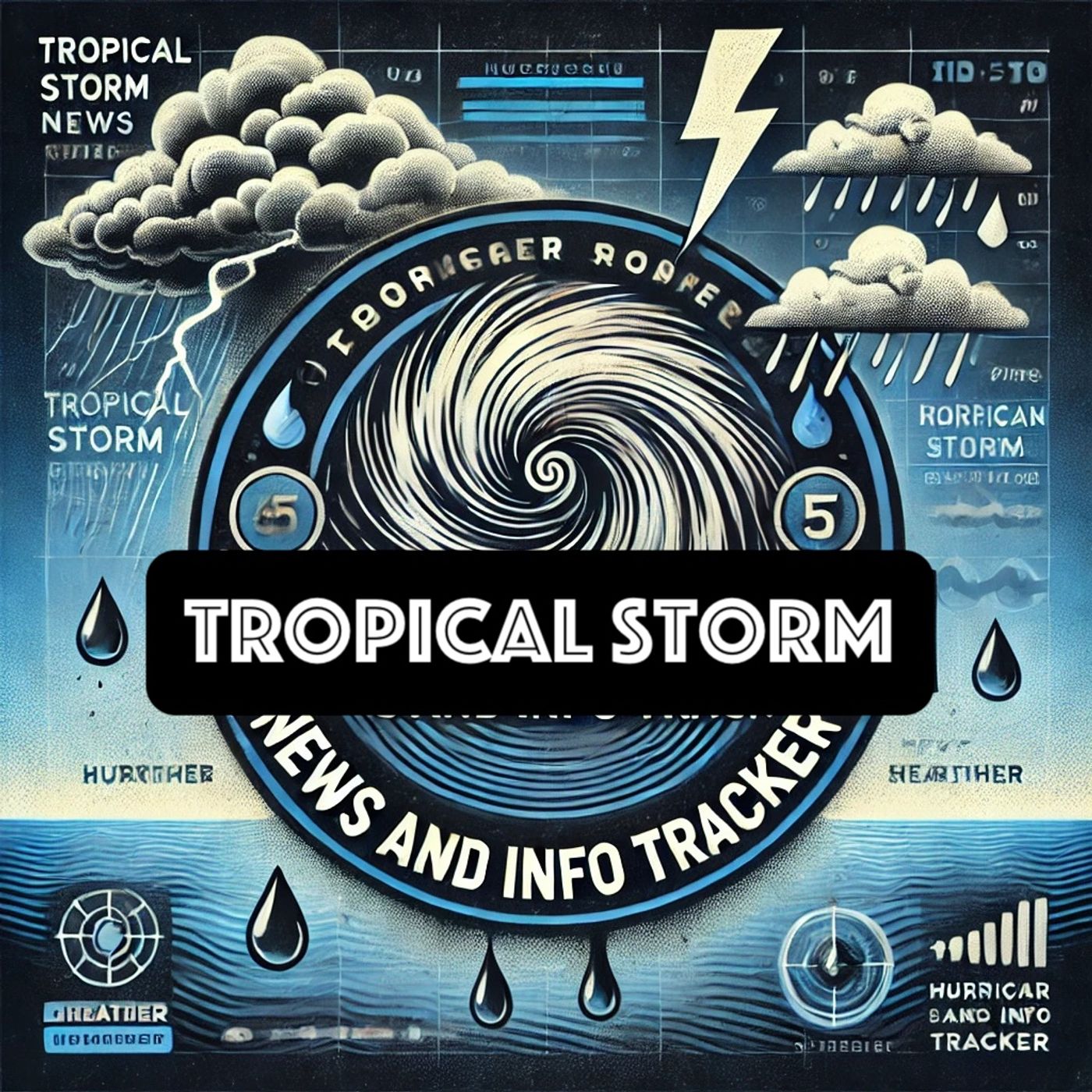Listen "Tropical Storm Erick Weakens, but Rainfall and Flooding Risks Remain"
Episode Synopsis
Tropical Storm Erick, previously classified as a Category 1 hurricane, has weakened and is now a tropical storm. Originally gaining strength in the Pacific Ocean, Erick approached the southern coastline of Mexico, prompting weather officials to keep a close watch on its progression. The transition from a hurricane to a tropical storm indicates a reduction in wind speeds and intensity, offering some relief to areas initially anticipating the possibility of severe weather conditions.As Erick continues its trajectory, meteorologists predict that the storm, while less threatening in terms of wind speed, could still bring substantial rainfall. The risk of flooding and landslides in affected areas remains a concern, especially in regions with complex terrain and dense vegetation. Coastal zones and low-lying areas are particularly susceptible, and local authorities are urging residents to stay informed and prepared for any emergency measures that might be necessary.Historically, the Pacific hurricane season can extend from May through November, with peak activity typically occurring from late August to early October. This seasonal pattern often results in multiple storms forming off the western coast of Mexico and Central America. The weakening of Erick underscores the dynamic nature of tropical weather systems and the importance of continuous monitoring and forecasting to mitigate potential impacts on communities.The shift in Erick's intensity is part of a broader trend observed in many tropical storms, where fluctuations in atmospheric conditions, ocean temperatures, and prevailing winds can lead to rapid changes in storm classification. While Erick has stabilized as a tropical storm, meteorologists are closely analyzing satellite data and climate models to predict any further developments. This information is crucial for issuing timely warnings and ensuring public safety, particularly in vulnerable regions.In response to Erick's downgraded status, some initial alerts may be scaled back; however, caution is still advised. Residents in affected areas should continue to heed guidance from local weather services and disaster preparedness agencies. Comprehensive preparedness plans, such as securing property, having emergency supplies, and mapping out evacuation routes, remain essential to minimize the risks posed by tropical storms.In summary, Tropical Storm Erick, now downgraded from hurricane status, continues to pose potential risks, primarily through heavy rainfall and resulting hazards like flooding. The situation underscores the necessity of vigilance during the Pacific hurricane season and highlights the ongoing commitment of meteorologists and emergency services in tracking and responding to tropical weather systems.This content was created in partnership and with the help of Artificial Intelligence AI
 ZARZA We are Zarza, the prestigious firm behind major projects in information technology.
ZARZA We are Zarza, the prestigious firm behind major projects in information technology.
